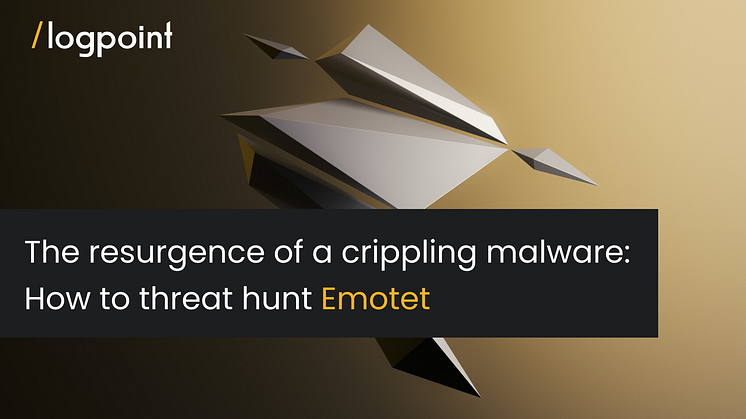Cactus: Forsvar mod ny ransomware-trussel
Cactus dukkede op i marts i år og har siden opbygget en omfattende portefølje af højt profilerede ofre. Logpoint har analyseret gruppens taktikker, teknikker og procedurer (TTP'er) samt indikatorer for kompromittering (IoC'er) for at etablere effektive forsvar.














